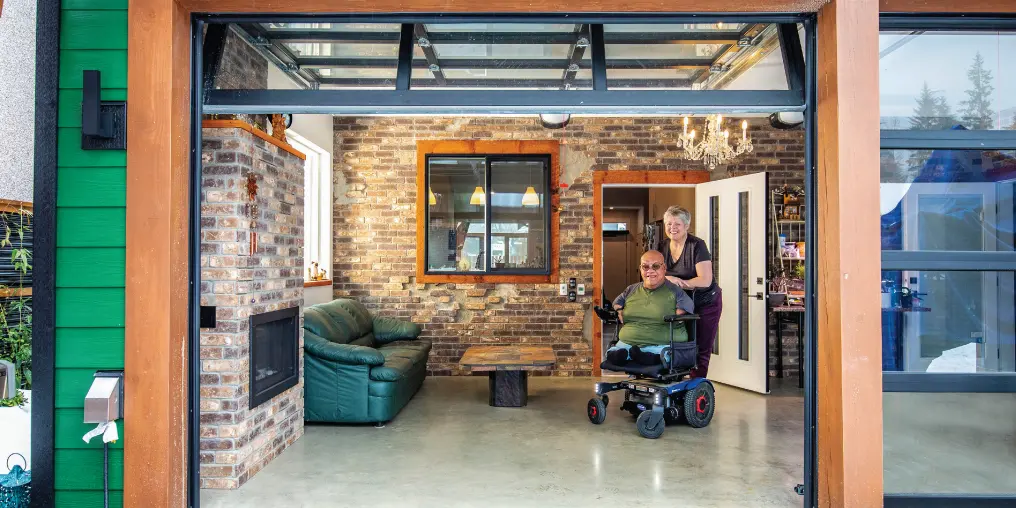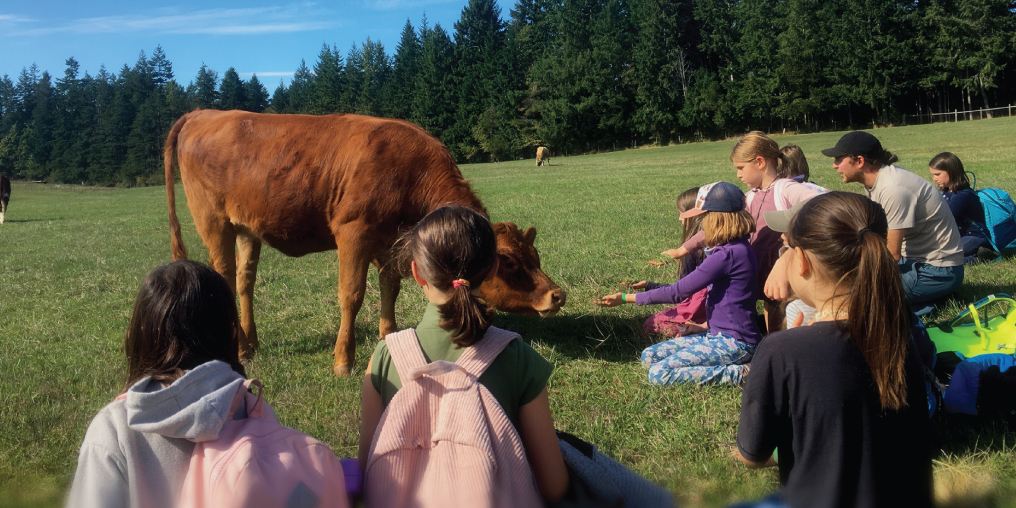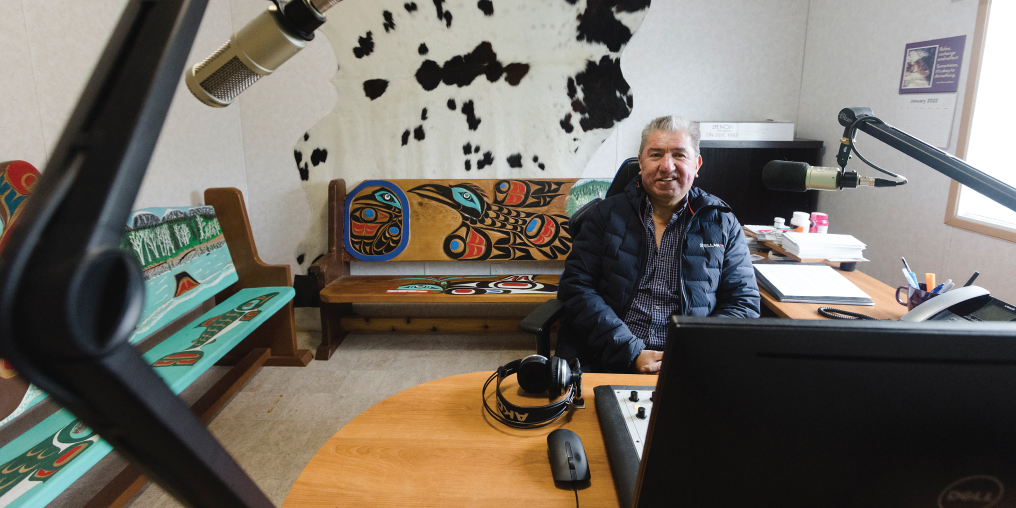Universal access
Julie and Ramesh Lad moved into their new home in February 2022. The home, which was custom built, is fully wheelchair accessible. Their words have been edited for clarity and brevity.
Julie
Waking up in our home, even now, two years on, is wonderful. We regularly turn to each other and say how much we love the place. Ram has used a wheelchair for his whole life. He was affected by the drug thalidomide and was born with short upper and lower limbs. Ram is super-creative and comes up with solutions for almost anything, but some things just need to be achieved at the building level.
Ram
We moved from Vancouver in December 2008 looking for a quieter life. We fell in love with Cumberland and bought a rancher on Allen Avenue. We made some changes to make the house accessible initially—it was built in 1989—and over time added a couple more ramps. We made its 1,275 square feet work, but it was never perfect.
Julie
What was perfect for us, though, was Cumberland. We decided that this was where we wanted to spend our lives.
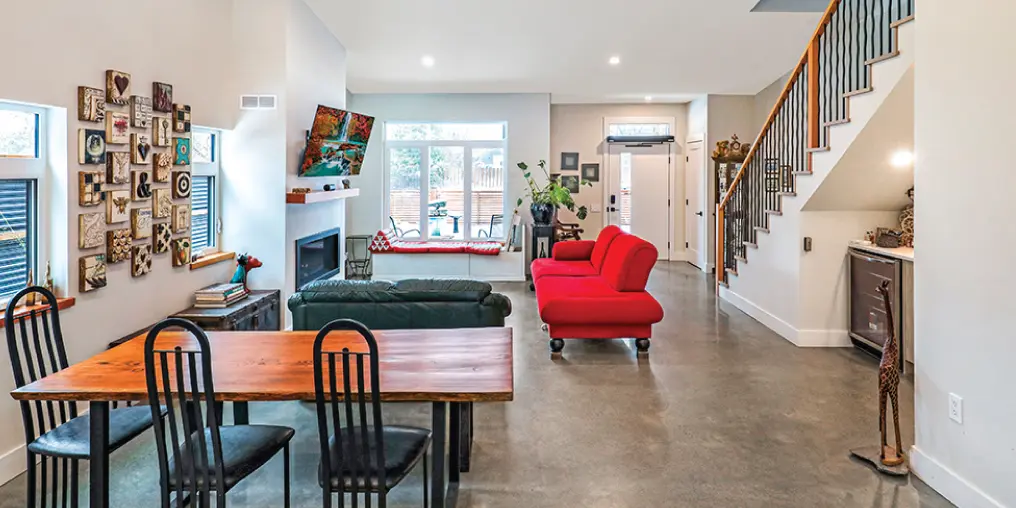
Aging in place
Ram
I think we started having the aging-in-place discussions younger than most people we know. Aging in place refers to the idea of creating a home where the homeowners can spend the rest of their lives as independently as possible. If one of us ends up needing live-in care, we have a great guest room (or a plan for building an accessory dwelling unit). We definitely wanted something where it was easier for me to move around, where I could do things in the kitchen, where Julie and I could be in the same space without having to coordinate our movements quite so much. And we each wanted our own office/den space.
Julie
At first, we wanted to build a new home, but we couldn’t find a suitable lot. In 2019, Ram approached Kai Lawrance of Standingbear Construction about the possibility of renovating the house.
Ram
Kai connected us with Rod Avoyé of Avoyé Design and we started working with Rod on a renovation plan that involved adding a second storey and taking down a bunch of walls to open up spaces. It was going to be beautiful, but it felt as though we’d be making a lot of compromises. (For example, while we really wanted level entry, the ramps would have to stay.) We also worried about what might be inside the walls of this 30-year-old building—whether additional expenses would be required to fix something that wasn’t right.
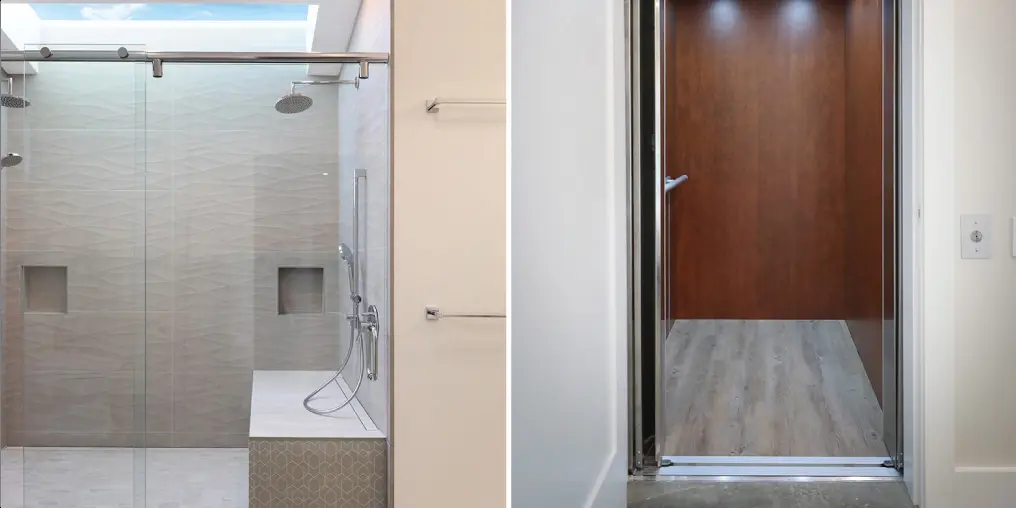
Starting from scratch
Julie
We actually got a quote from Standingbear on the renovation plan and then asked, “What would it be if we started from scratch?” That number was definitely bigger, but removing all those compromises made it worthwhile. In April 2020 we started collaborating with Rod on a new design.
Ram
That was pretty cool. We met with Rod over Zoom and the software program he uses allowed us to “walk” through the design and see changes instantly.
Julie
Ram obviously has a lifetime of lived experience around accessibility, and he is also a Rick Hansen Foundation Accessibility Certification (RHFAC) Professional.
Universal design principals
Ram
I have never wanted any home that I have lived in to look like it was built to accommodate a wheelchair. RHFAC’s universal design principles include features that anyone can appreciate. In our home, you will see wider doors, sliding interior doors, lower light switches, some higher plugs. All our entries are level; there are no sills to get over. And there are five-foot turning radiuses everywhere!
Julie
There are some things that were done specifically for Ram’s needs, but you might never know it. Outside, the yard was made level by building a small retaining wall. We have lower windows in our living room so that Ram can see out. Glass garage doors are much easier to open than traditional glass walls, so we used those, and now we have the glass-walled indoor/outdoor space we’ve always wanted.
Ram
Some of the other things done with my needs in mind are also extremely useful for able-bodied people. The shower has a built-in bench so I can transfer from my wheelchair into the shower. There is a dressing bench in our walk-in closet. We have an elevator. Two of the exterior doors have automatic door openers. The bathroom sink faucet is on the side, rather than the back of the sink, so I can reach it. And some of my essential kitchen features are helpful for everyone: our stove has controls on the front, the wall oven opens sideways, and with our side-by-side fridge, I can access both the fridge and the freezer.
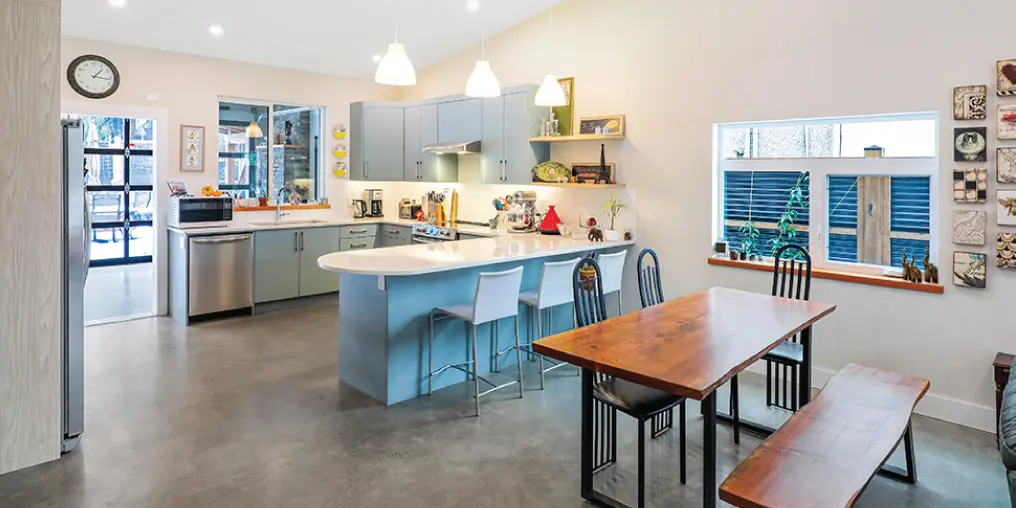
Julie
A lot of thought went into designing the kitchen. You won’t see many lower cupboards; mostly, we have drawers. This was done with Ram’s needs in mind, but honestly, all kitchens should be built this way! It works so well.
Ram
The build process took about a year. We moved out of the old house in late January 2021; Pridy Brothers moved it offsite in April 2021. Construction on the new house began in May 2021 and we moved in on February 12, 2022. The speed of the process is a testament to the fact that Standingbear had someone in our house every workday. The trades were lined up and as one crew finished up, the next moved in. They built this house during a pandemic and a heat dome. It is amazing to us that there weren’t many delays.
Julie
During the build, we were at the house a lot, so we made decisions quickly and came up with new ideas. When he saw the ensuite shower without a roof, Ram imagined looking up at the sky from the shower, so we had a skylight installed. When asked how we wanted to access the space under the stairs, I started wondering if we could put a bar there. And now, these additions are some of the things we love about our home.
Ram
We had the good fortune to be able to build a fully functional and usable home where we can age in place and maintain our independence for, hopefully, a long time. I highly suggest that anybody who wishes to stay in their home as they age start making simple modifications early on—ones that will benefit them as their needs change.

